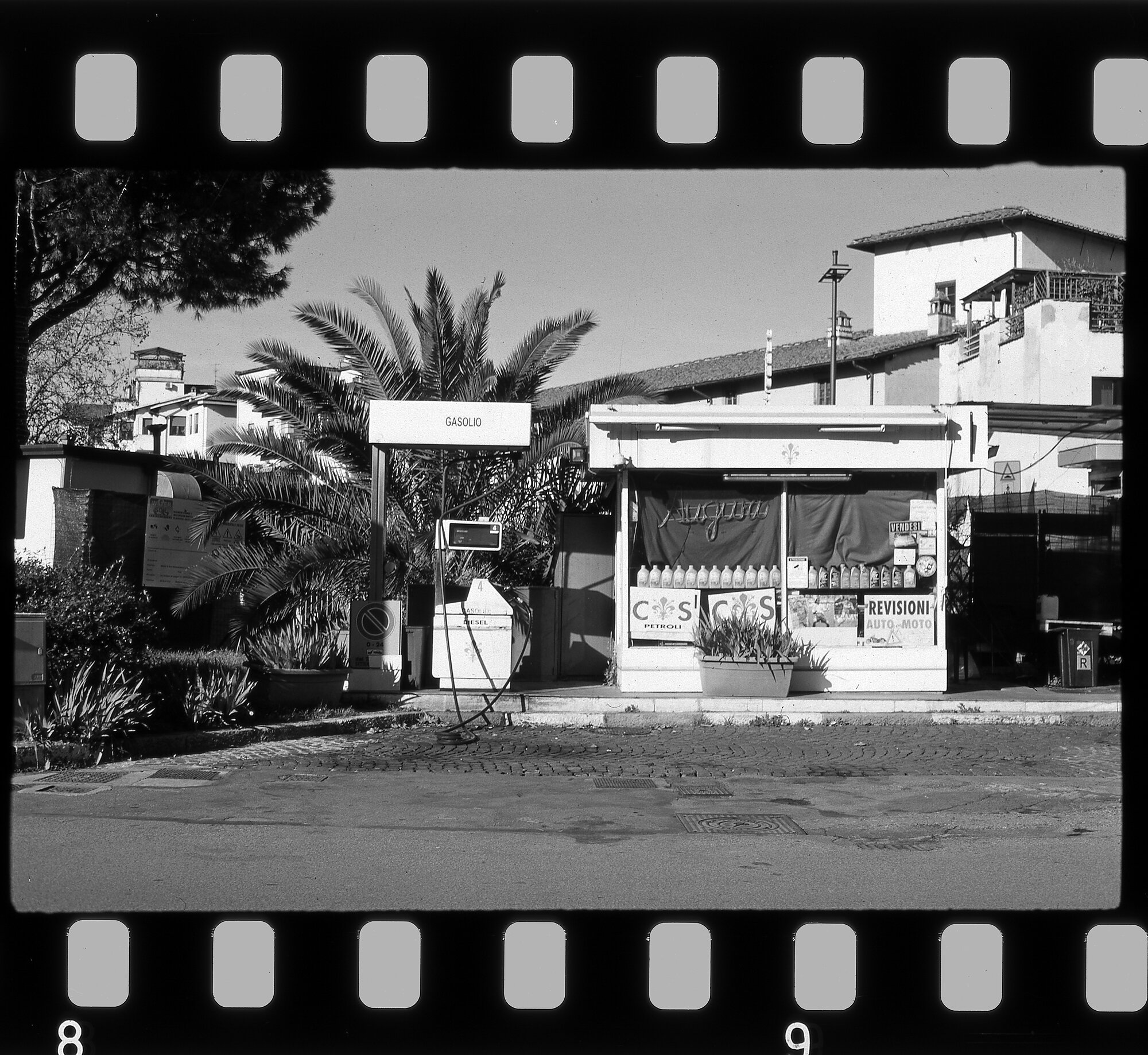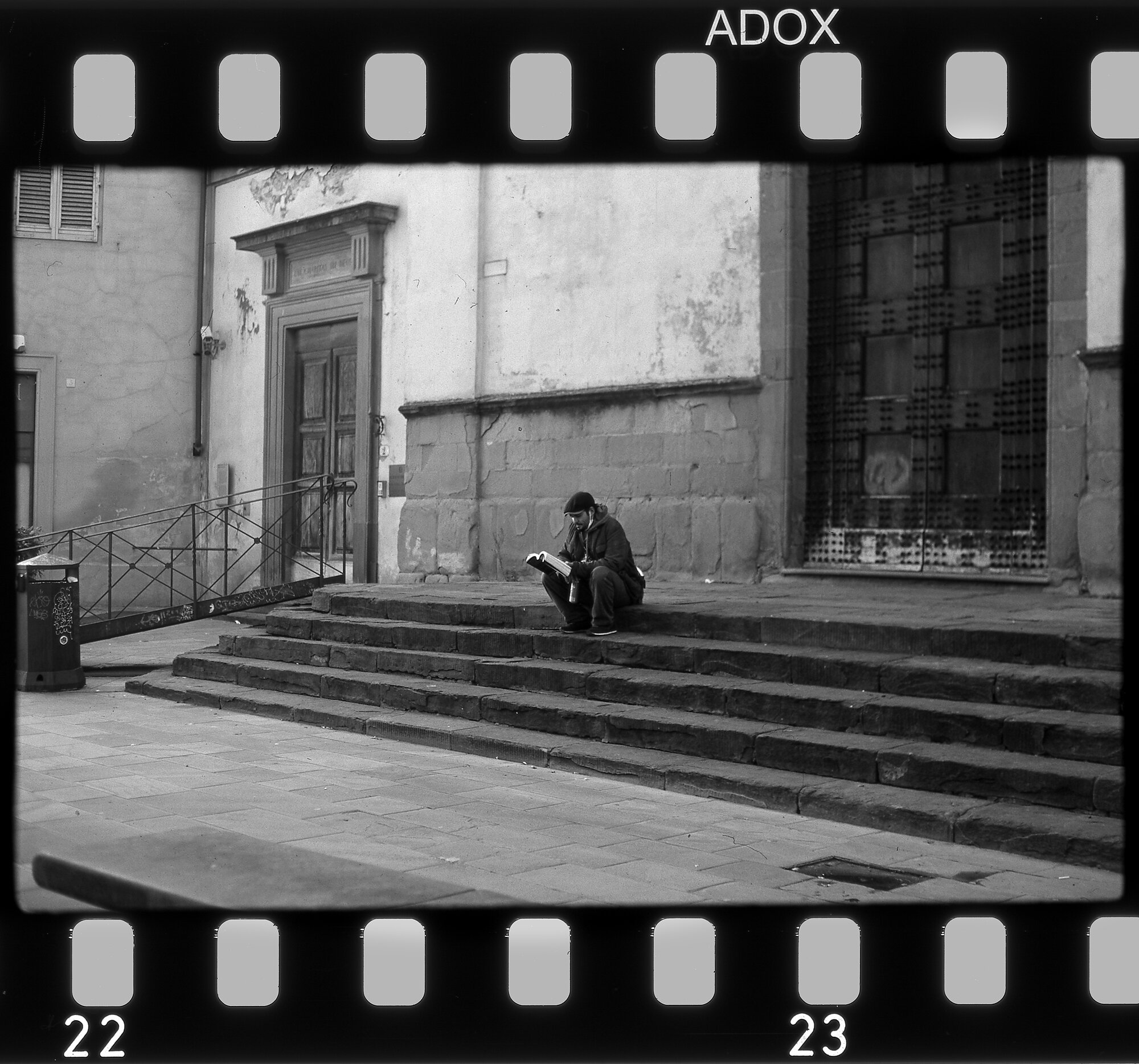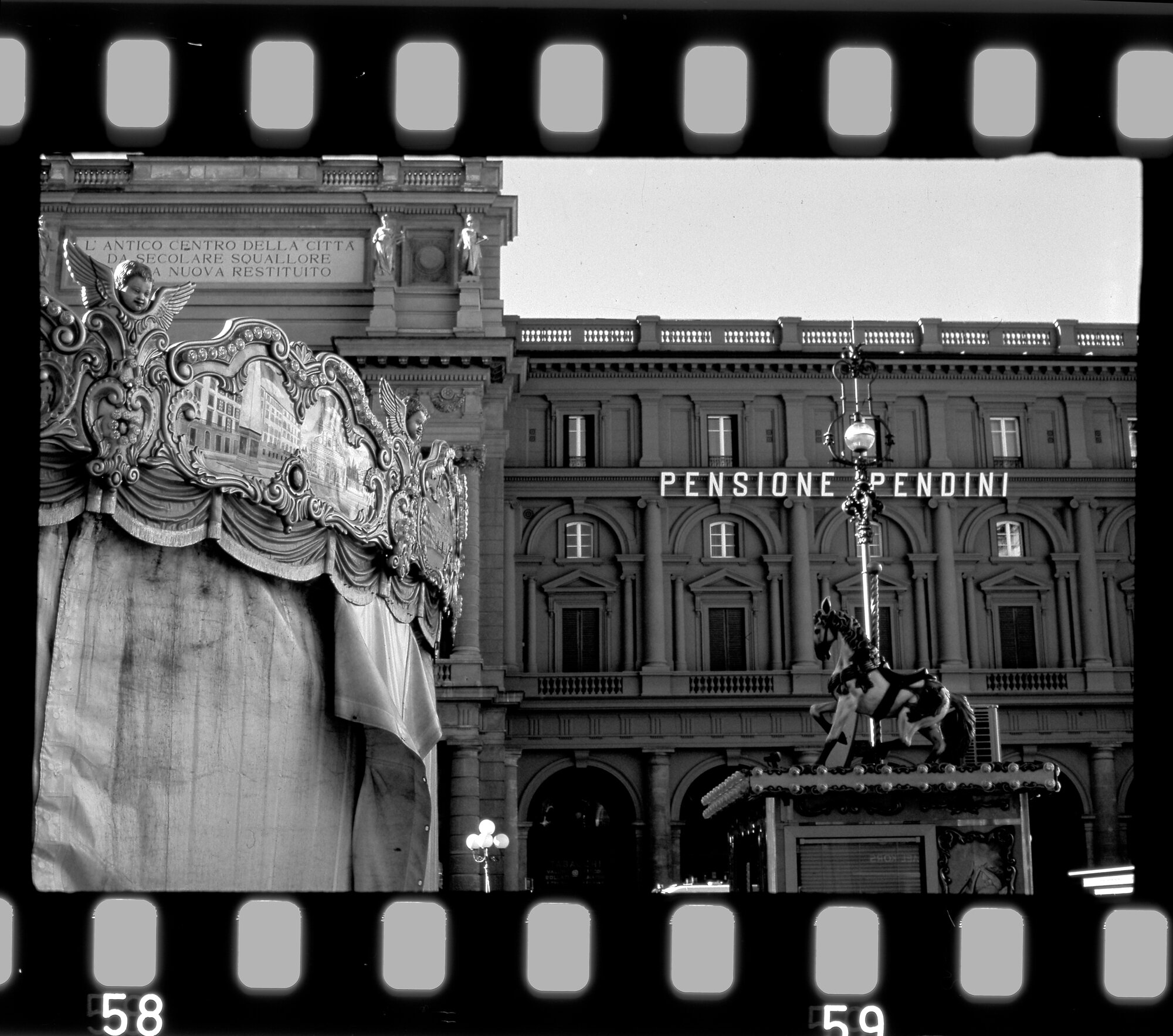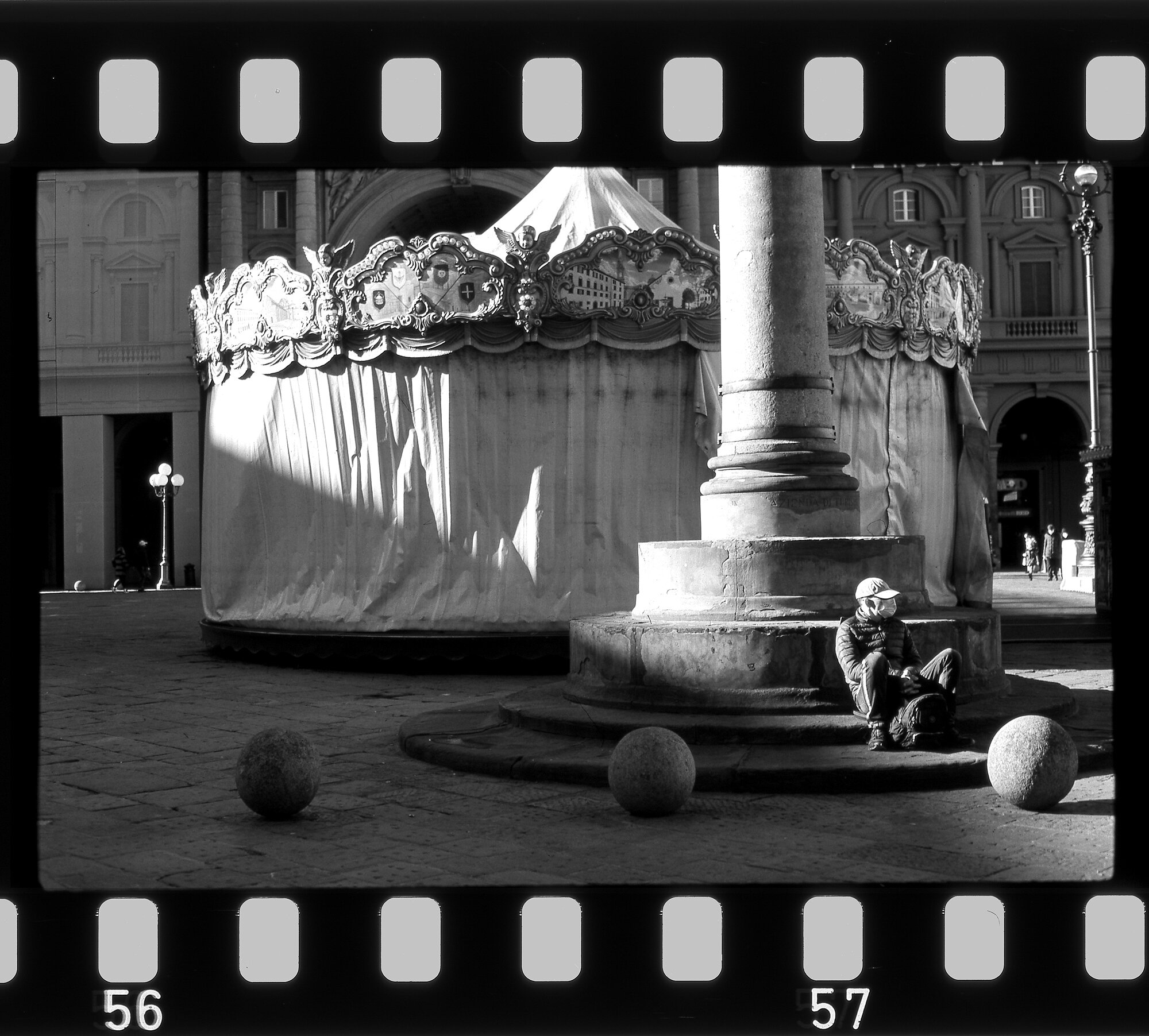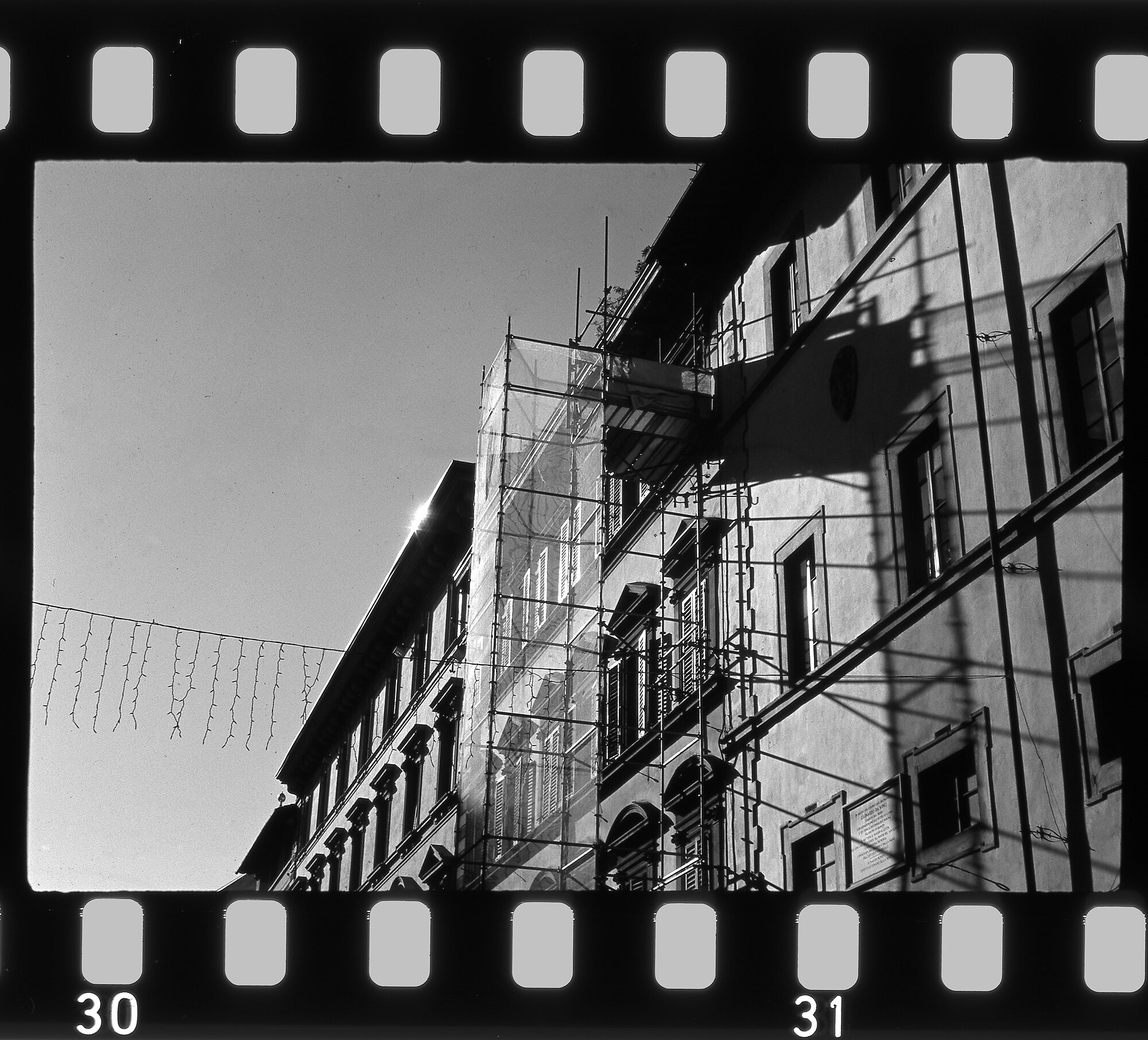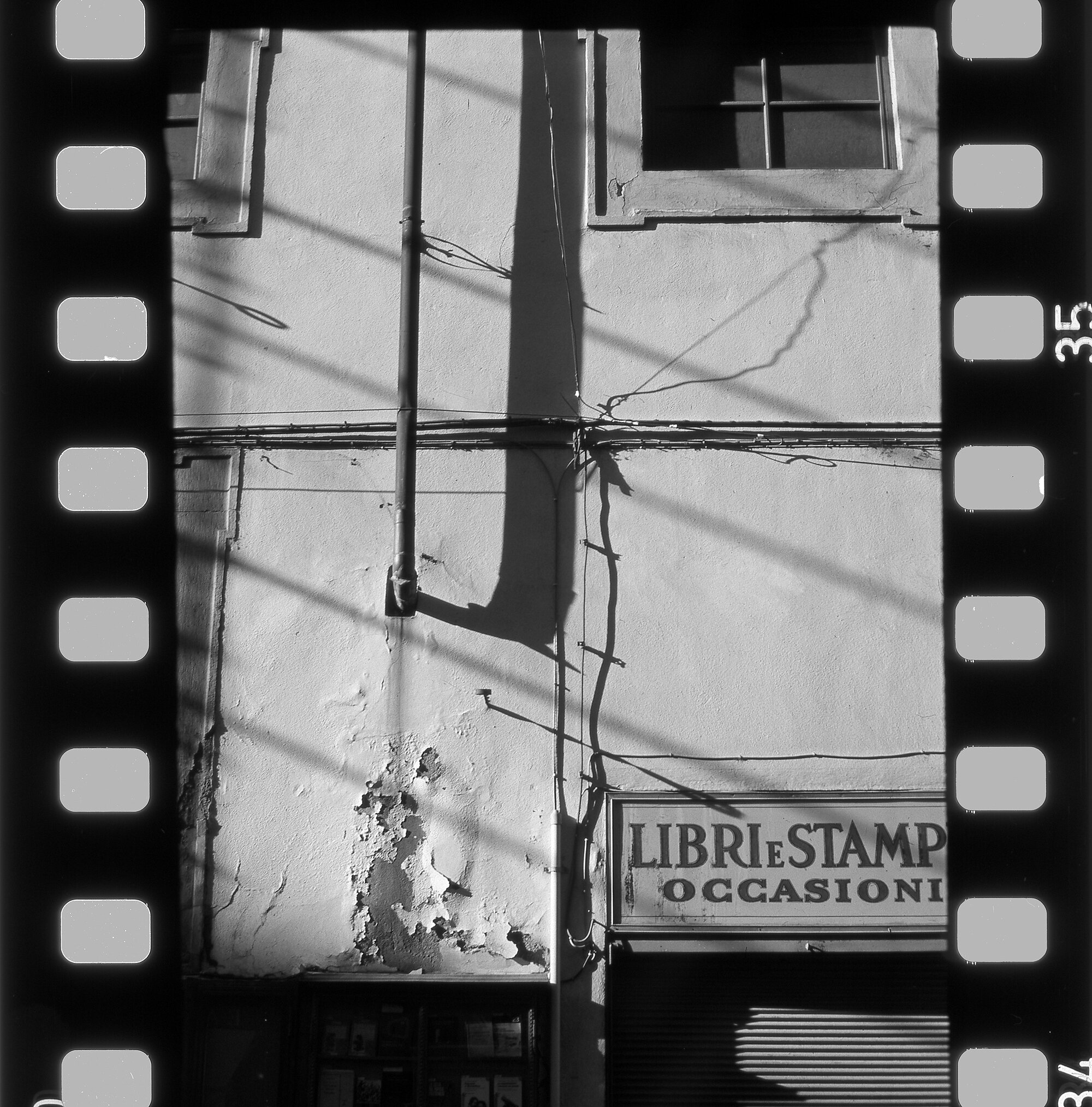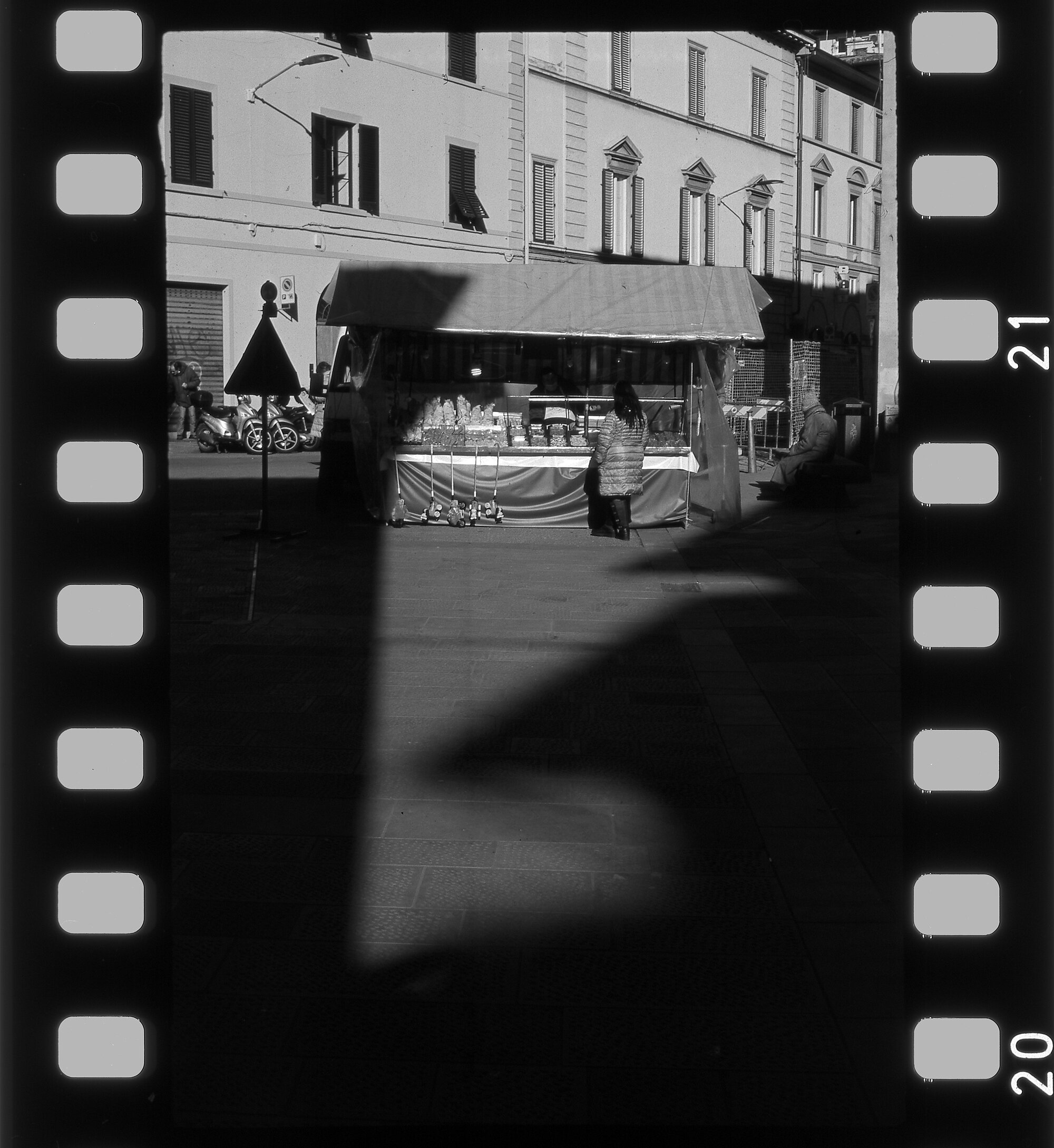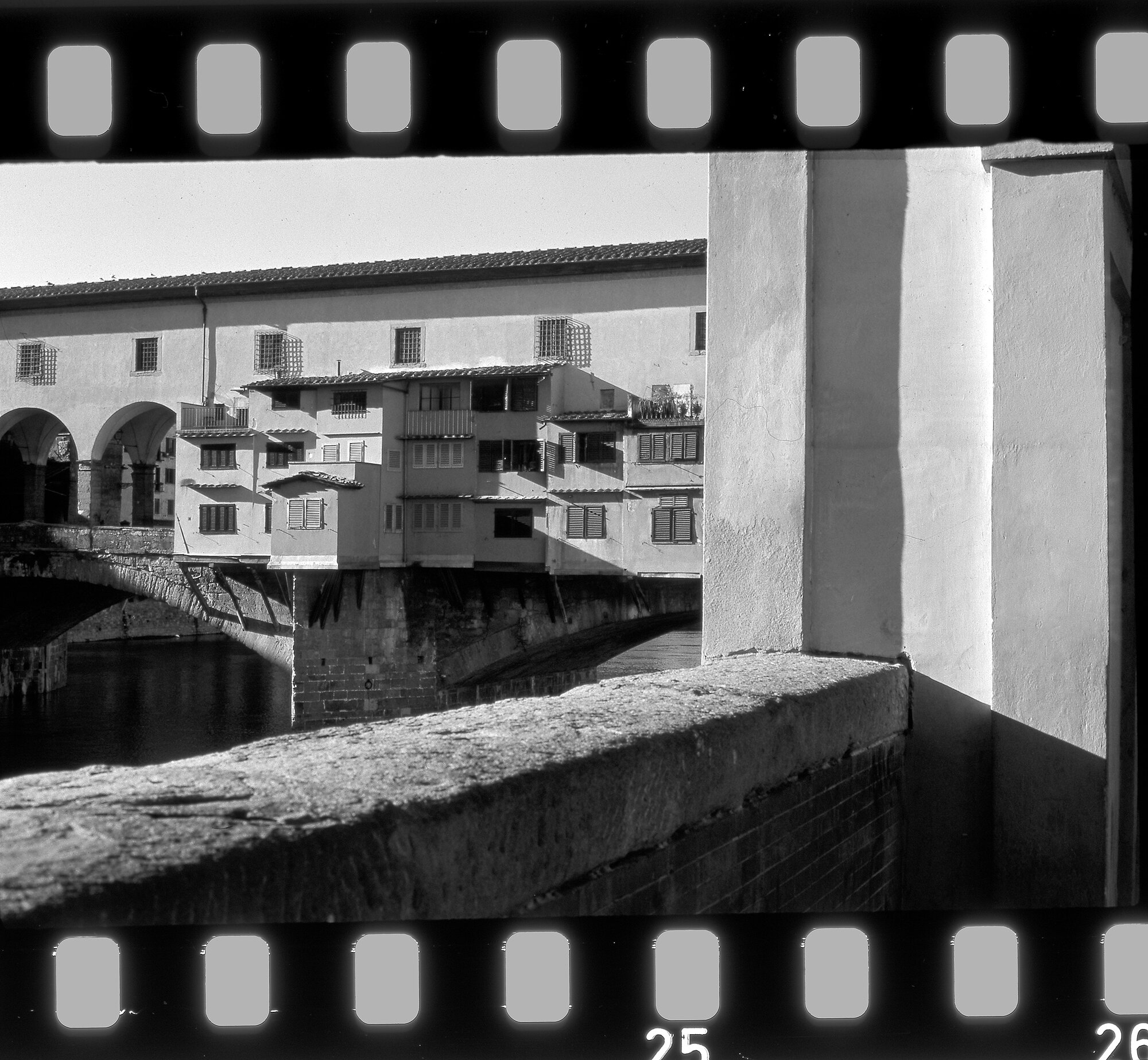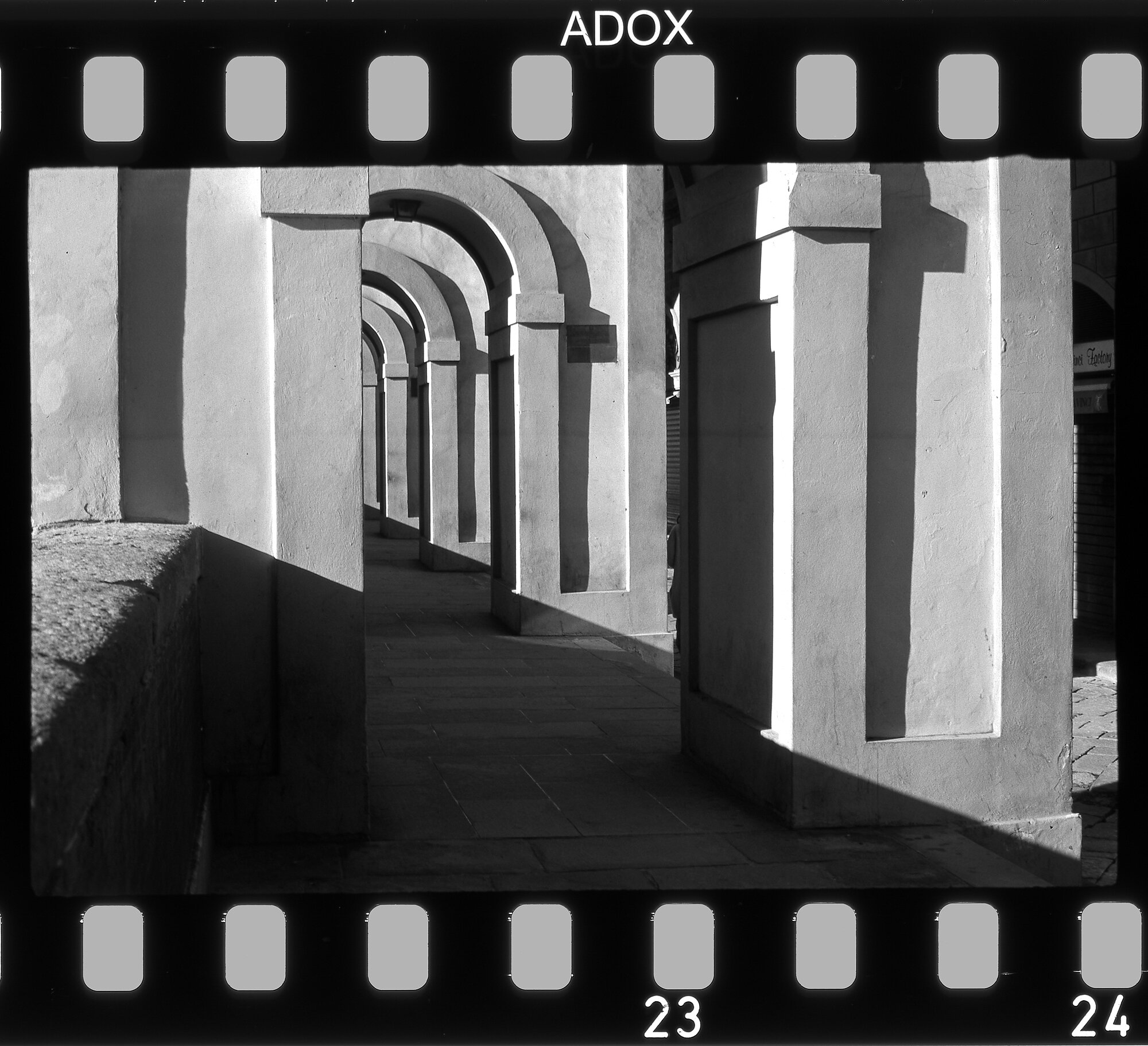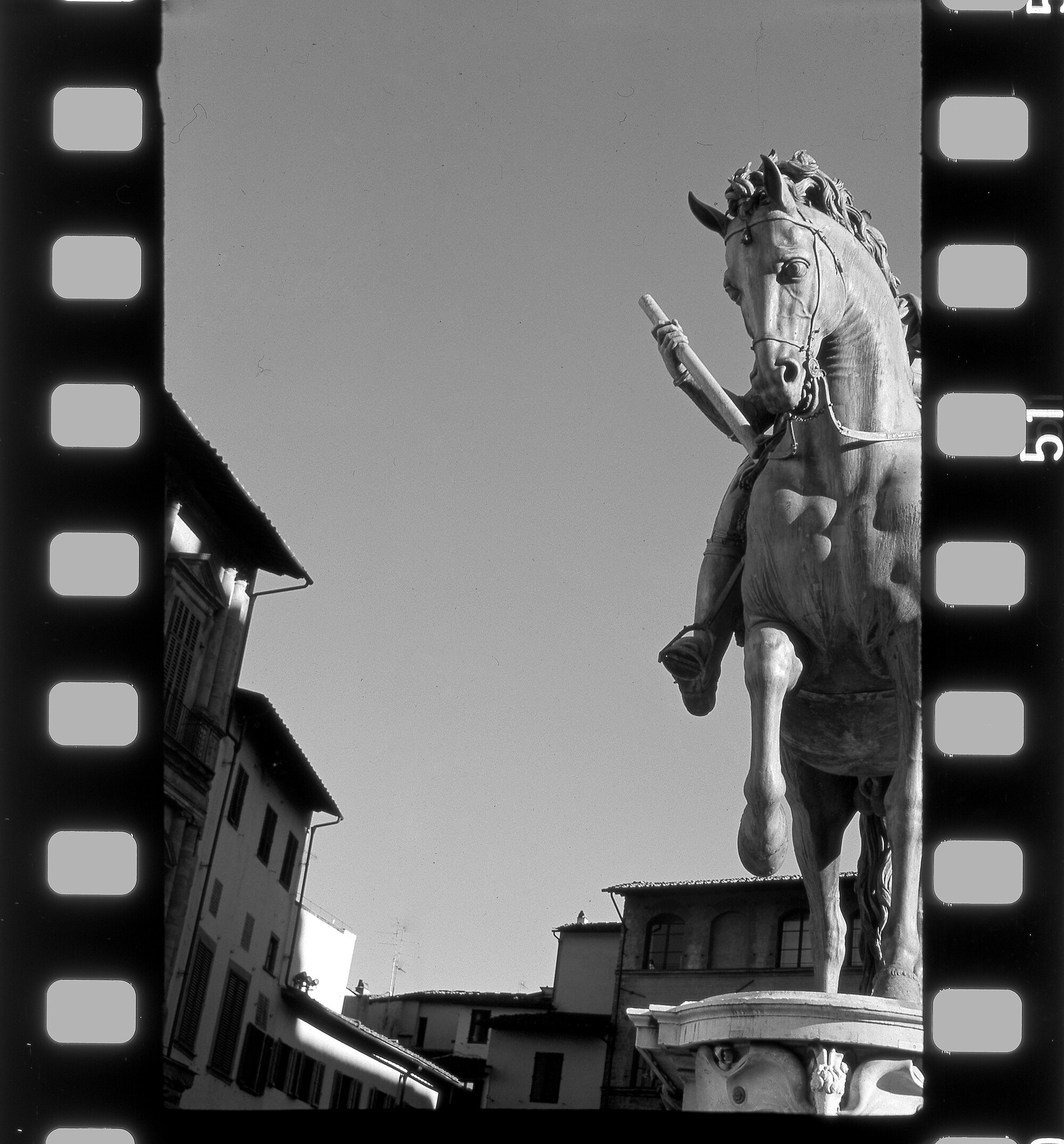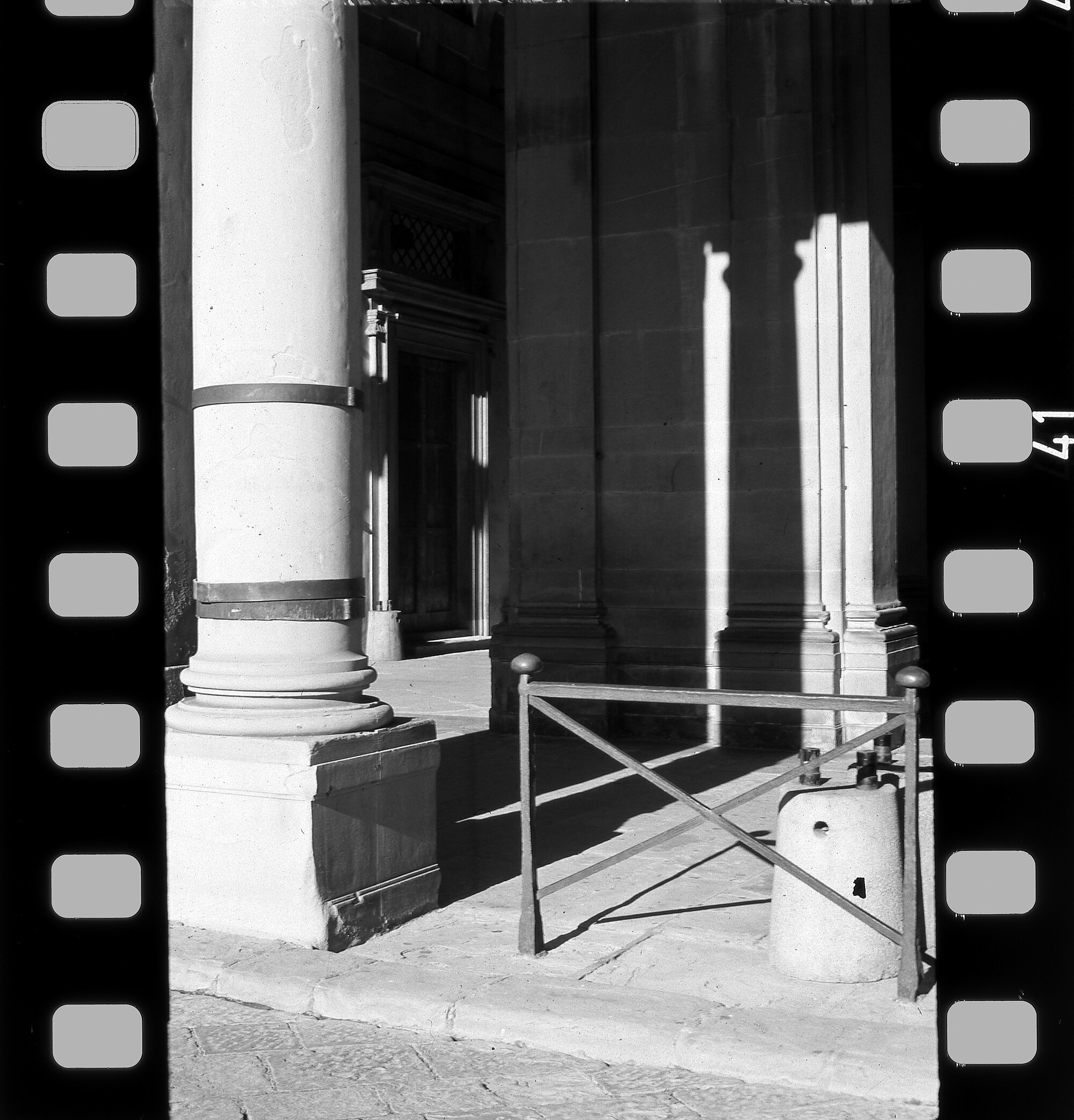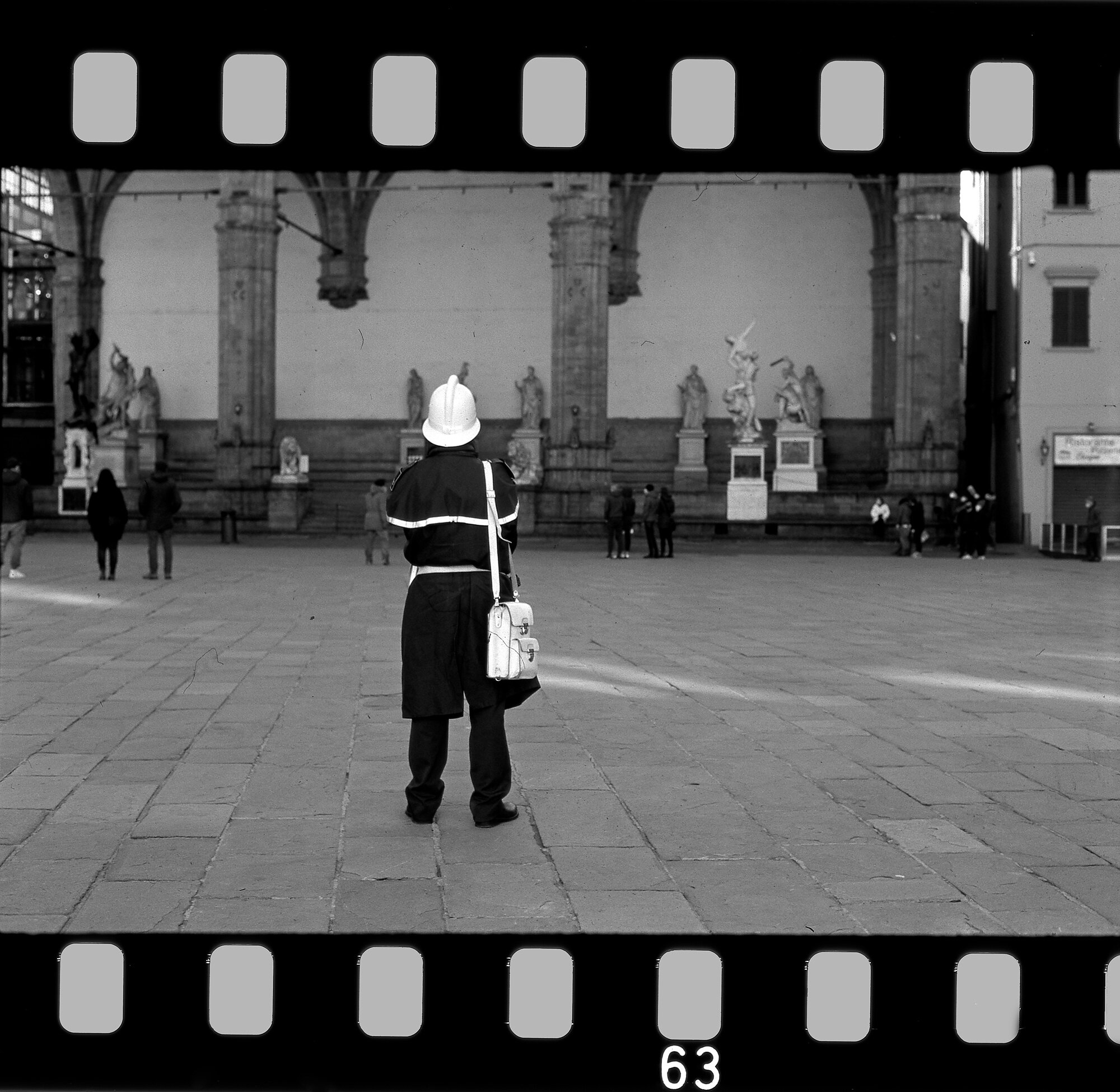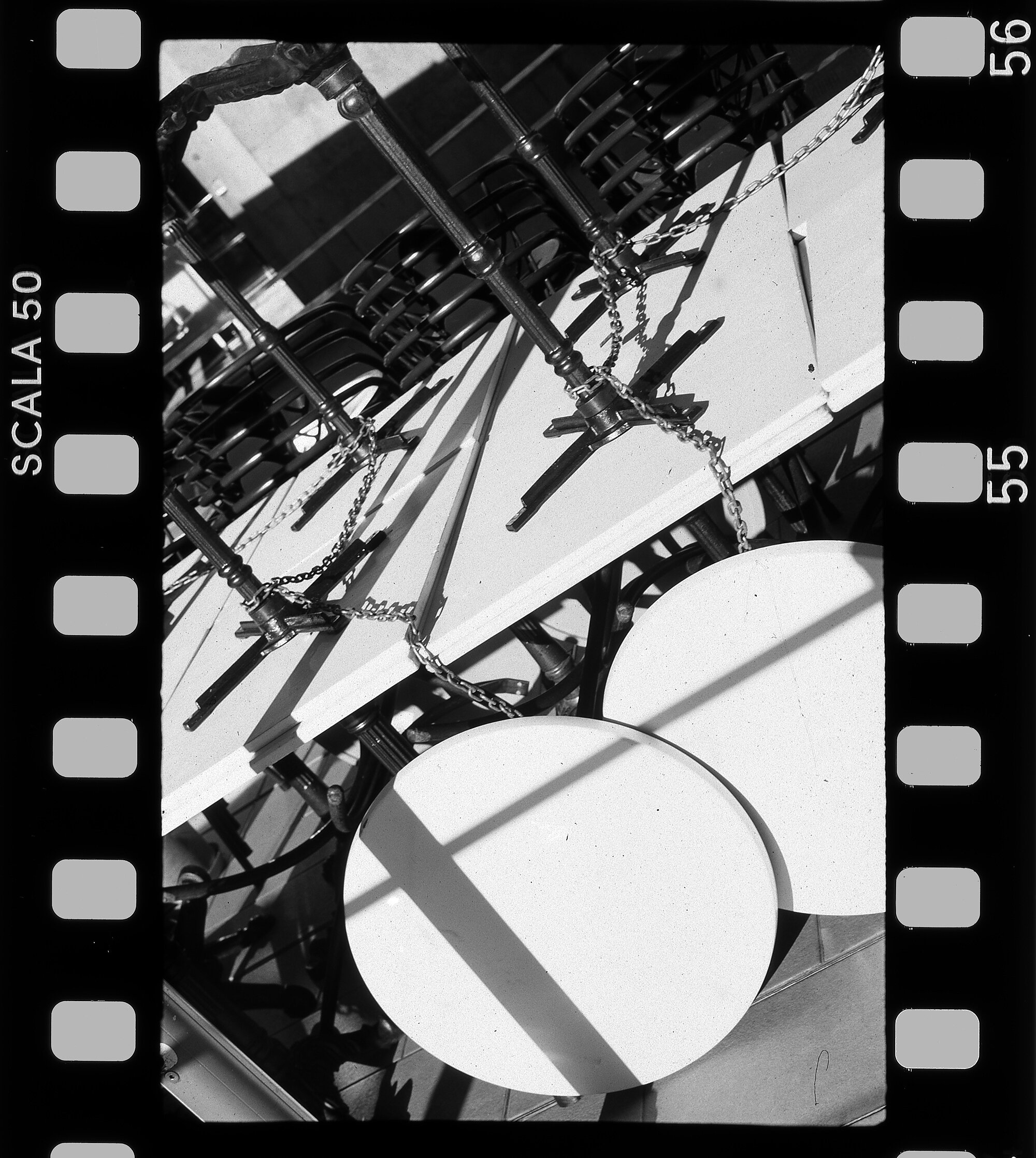Lina Bessonova
Analog Photography
The Scala® reversal process is not new at all. In fact, for years it has been the only commercially available, quality-controlled system for professional labs called Agfa SCALA. The customer had to buy a special Agfa Scala film, shoot as normal and send it to a SCALA lab - and get back beautiful framed black-and-white slides. Agfa was the only company dedicating research and marketing efforts to making this process popular. But it is not about marketing only. The Scala films had a transparent base and elevated silver content, and were otherwise tuned to work perfect in reversal.
Adox is well-known for saving and reviving Agfa’s heritage. The silver-rich transparent-base Scala films already existed in the Adox portfolio, but SCALA lab services were getting increasingly rare. The existing at-home reversal kits all had shipping restrictions because of the hazardous contents and were not (and still are not) easily available worldwide. The Adox Scala® kit is the most easy to use, amateur-friendly, worldwide shippable reversal kit. Depending on the tank, you can process 6-8 rolls of film in one set. The developer, bleach and clear baths make 2L of working solution each. The kit comes with detailed comprehensive instructions, and you can also watch the instructions video (bottom of this page). Available at Fotoimpex
HOW FILM / SLIDE PROCESSING WORKS
1. A black wall will reflect little light, so only some or none silver halides crystals on this part of the film get sufficient exposure. A white vase if front of that wall will reflect a lot of light, so almost all the silver halides in the shape of the vase will get exposure. The developer converts those silver halides, that are sufficiently struck by light, into metallic silver.
2. Fixer is only working on those silver halides that have not been exposed. It removes them, so the film is not sensitive to light anymore and you can take it out of the tank.
3. This a simplified version of how real-life scenes look on fixed film
4. When you print, the even enlarger light is blocked by the silver in the negative proportionally - where it is black, it lets less light through, where it is white - more light passes. For example, the overexposed negative parts are very dark because all the silver halides in this area converted into metallic silver and were not removed by fixer. So no light can pass, and the paper remains unexposed white.
5. The Scala® process is almost like printing. The magical step called Bleach bath is targeting metallic silver. When this silver is removed, only the light-sensitive silver halides remain, distributed proportionally to how the film was hit by light during the picture-taking.
6. In the black wall area no silver halides got converted - and they all stayed. In the white vase area almost all silver halides became metallic silver - and got removed by the bleach bath. So when the film is exposed to light again, all the remaining silver halides convert to metallic silver. When developed, they become a perfect opposite of the original negative.
